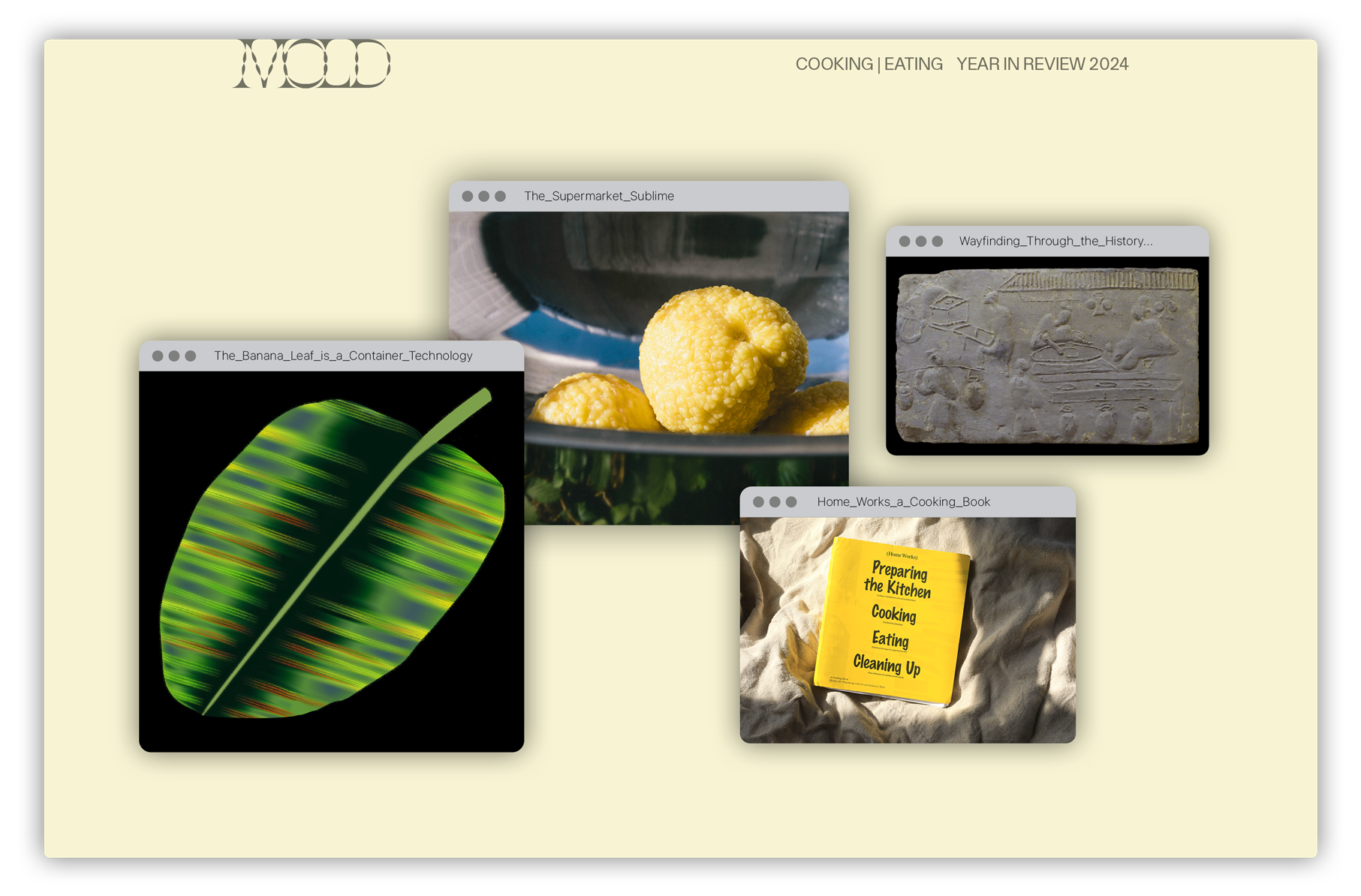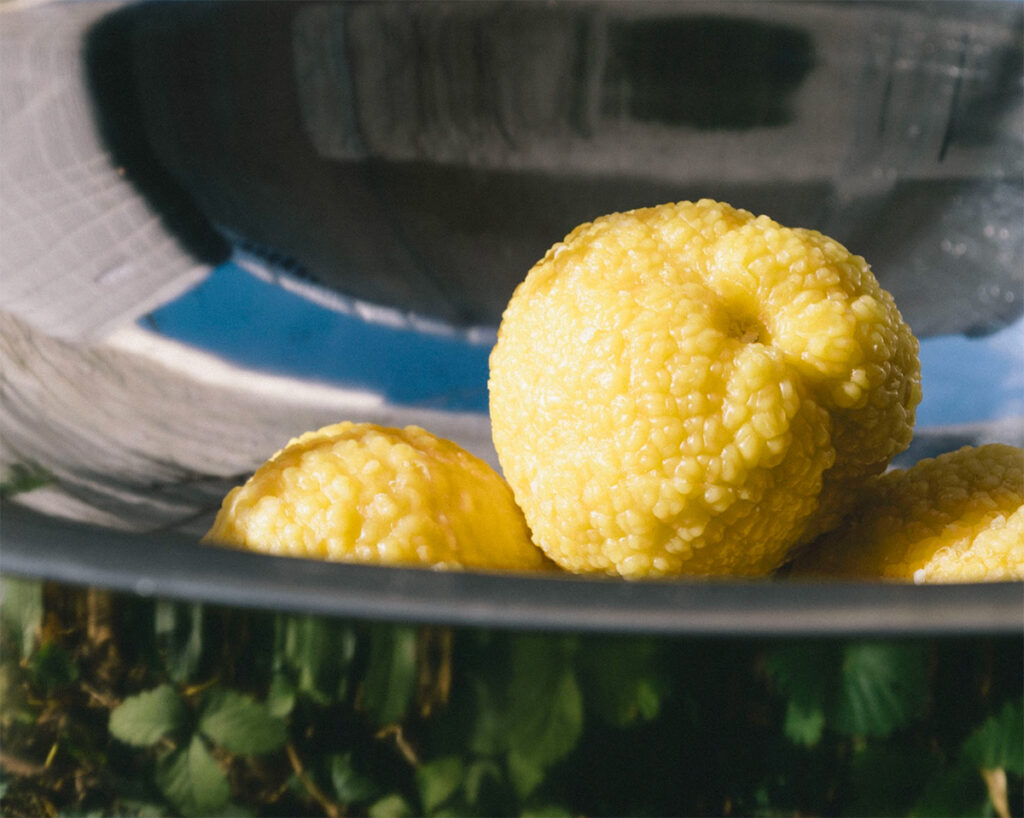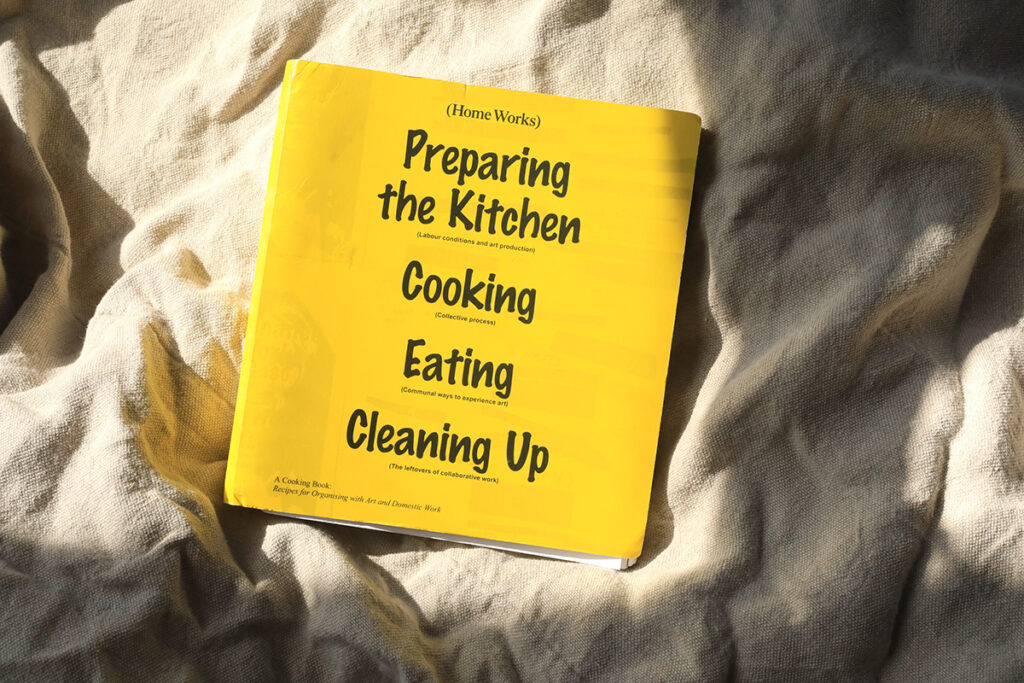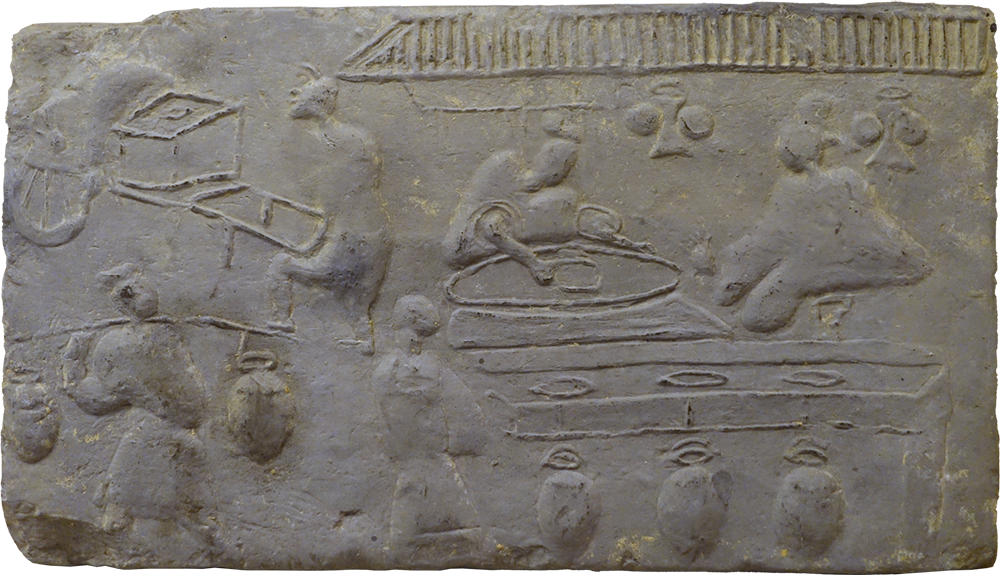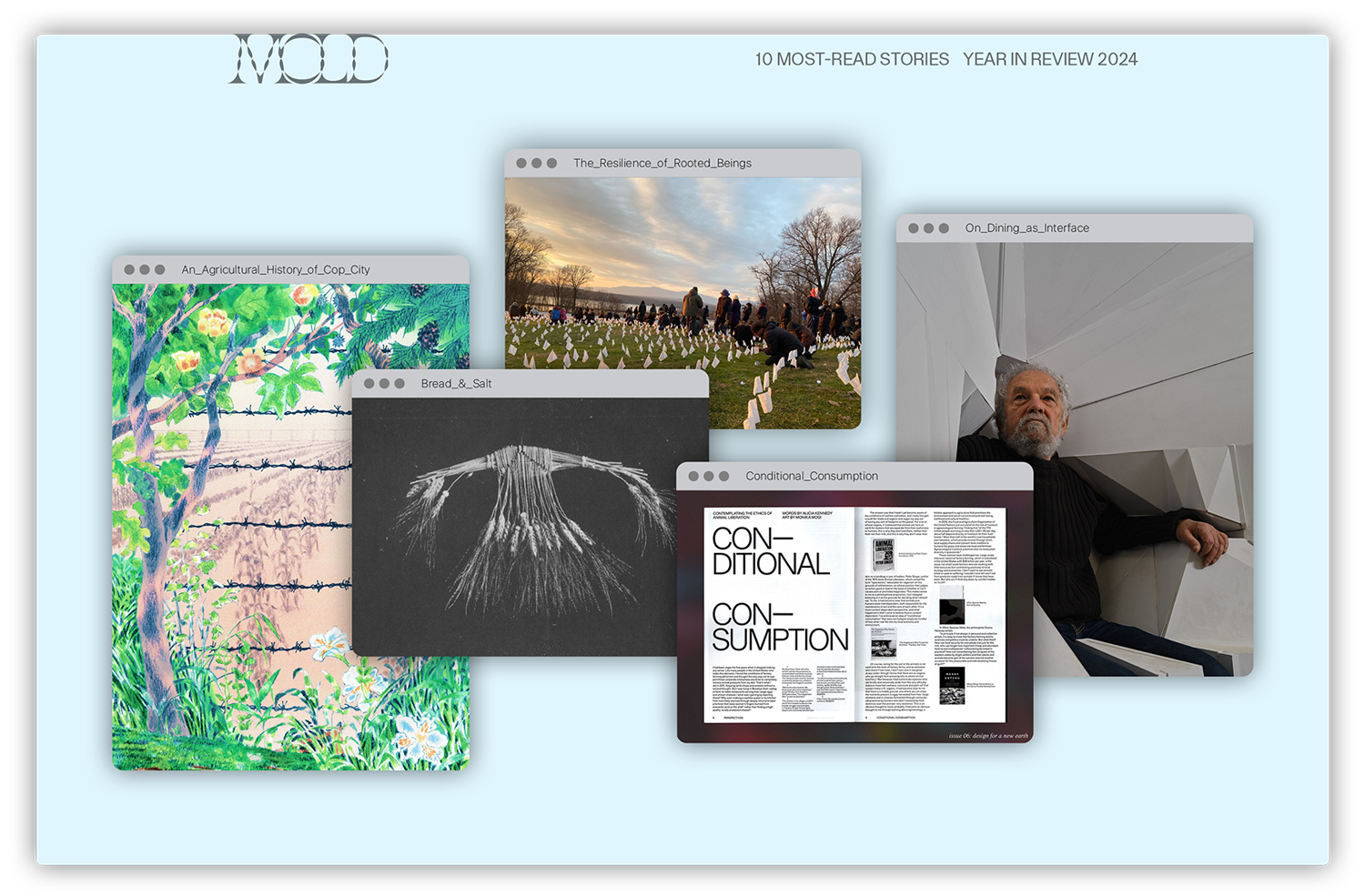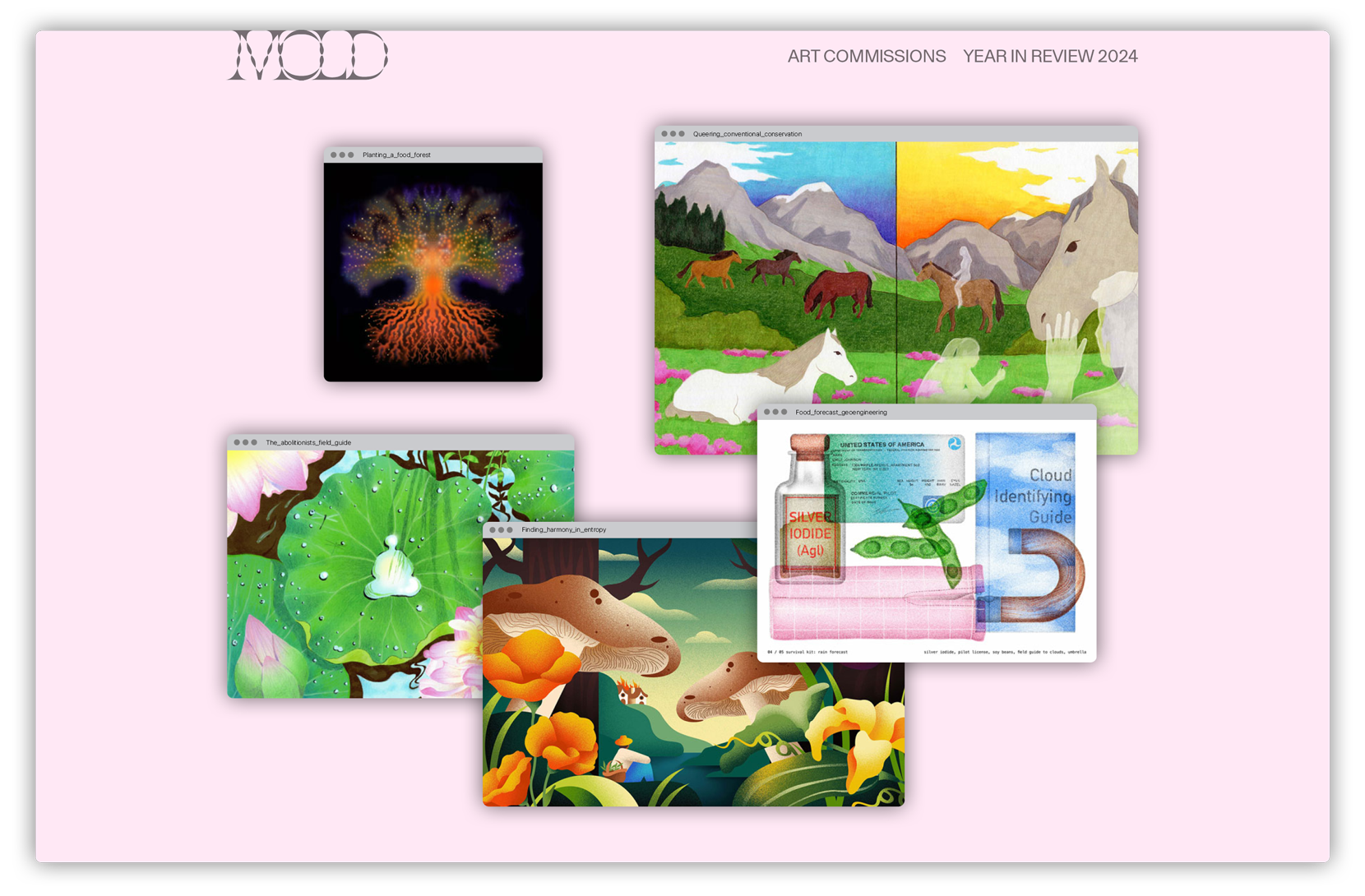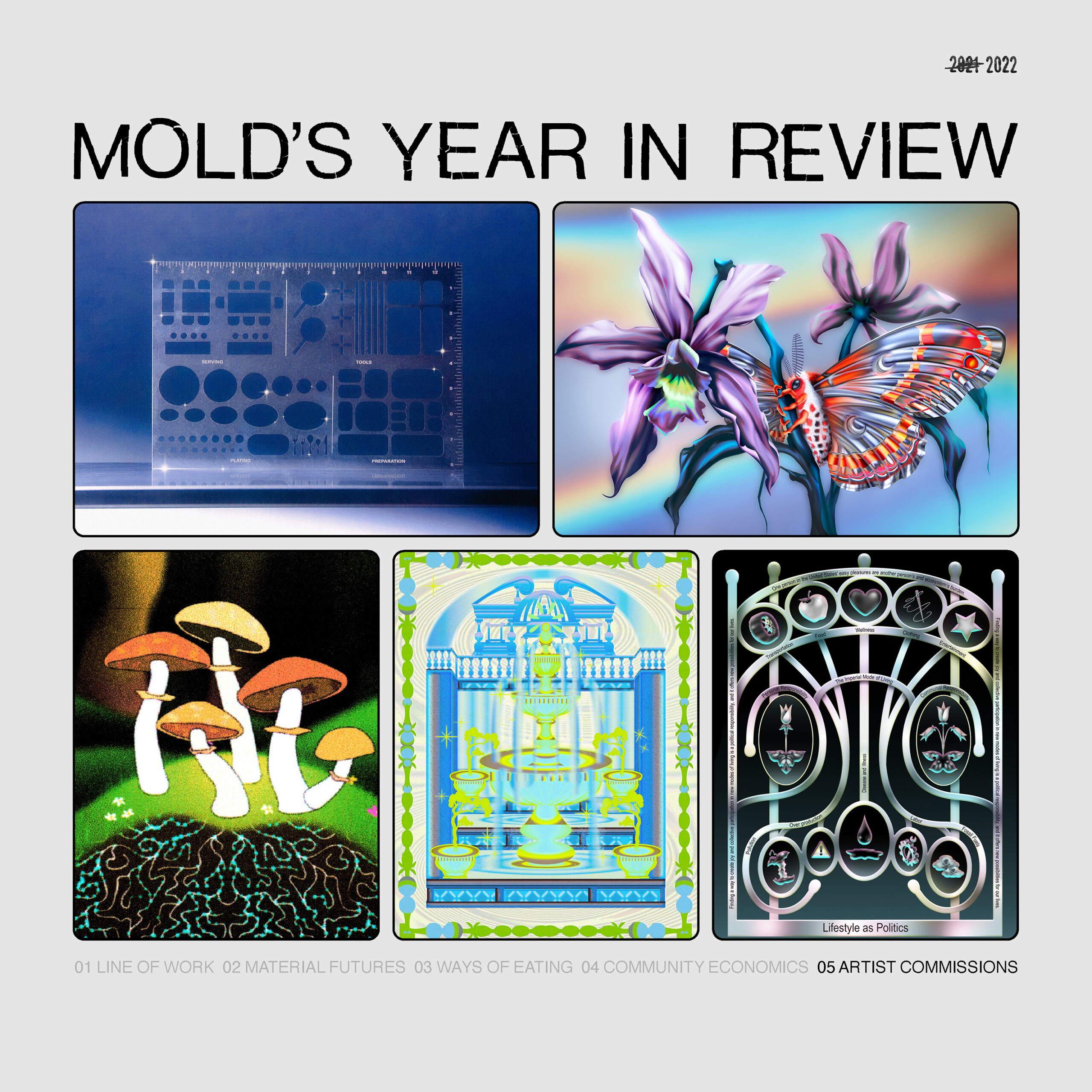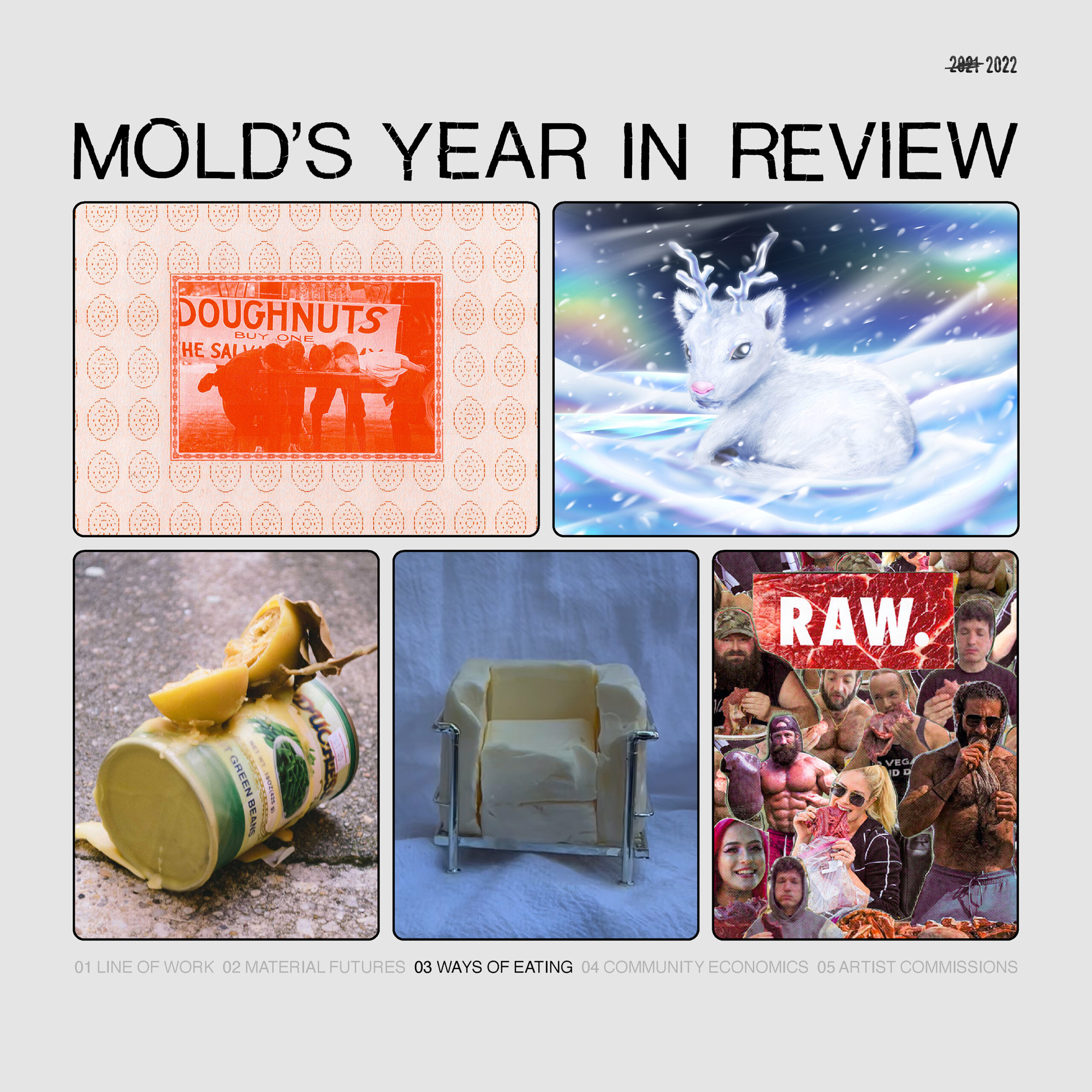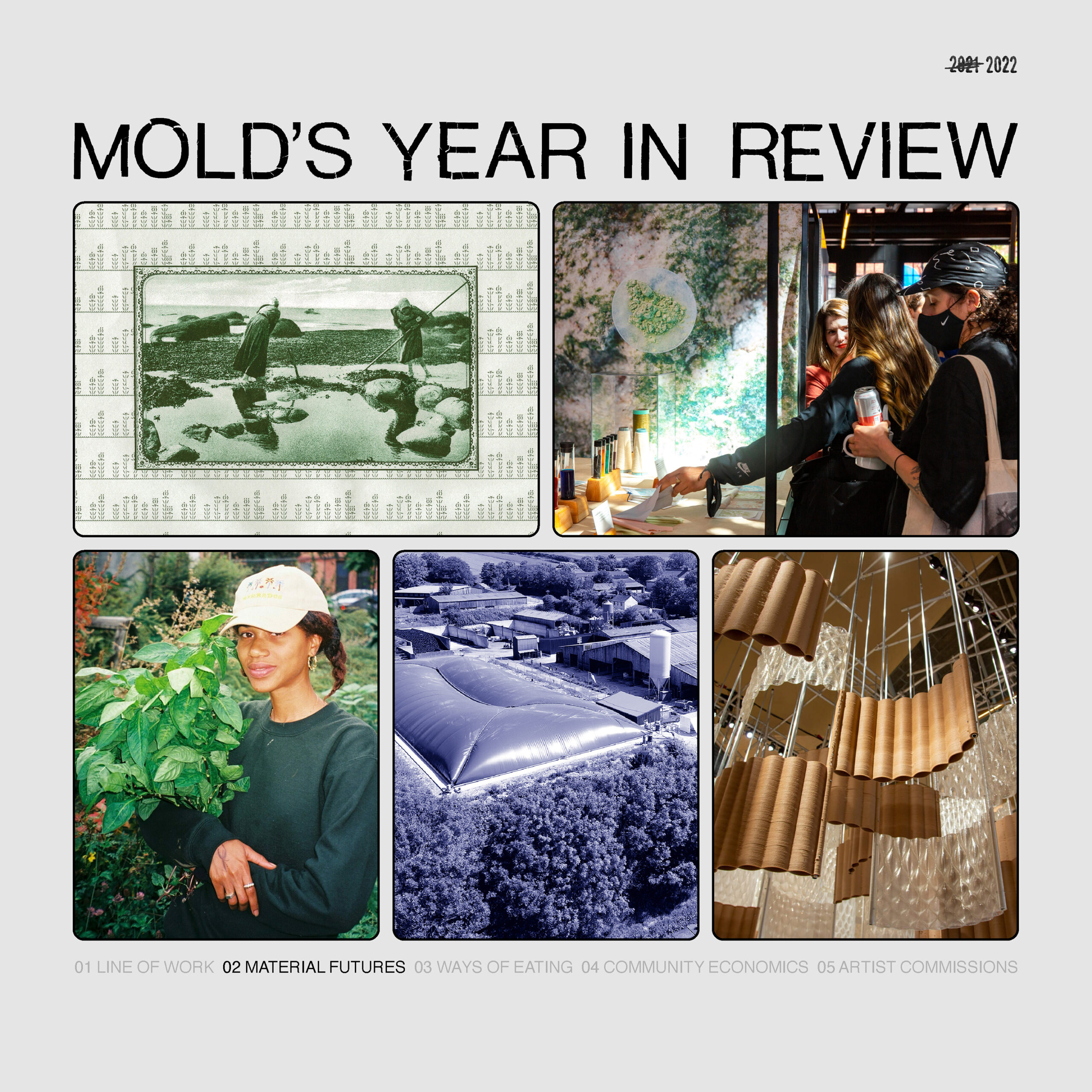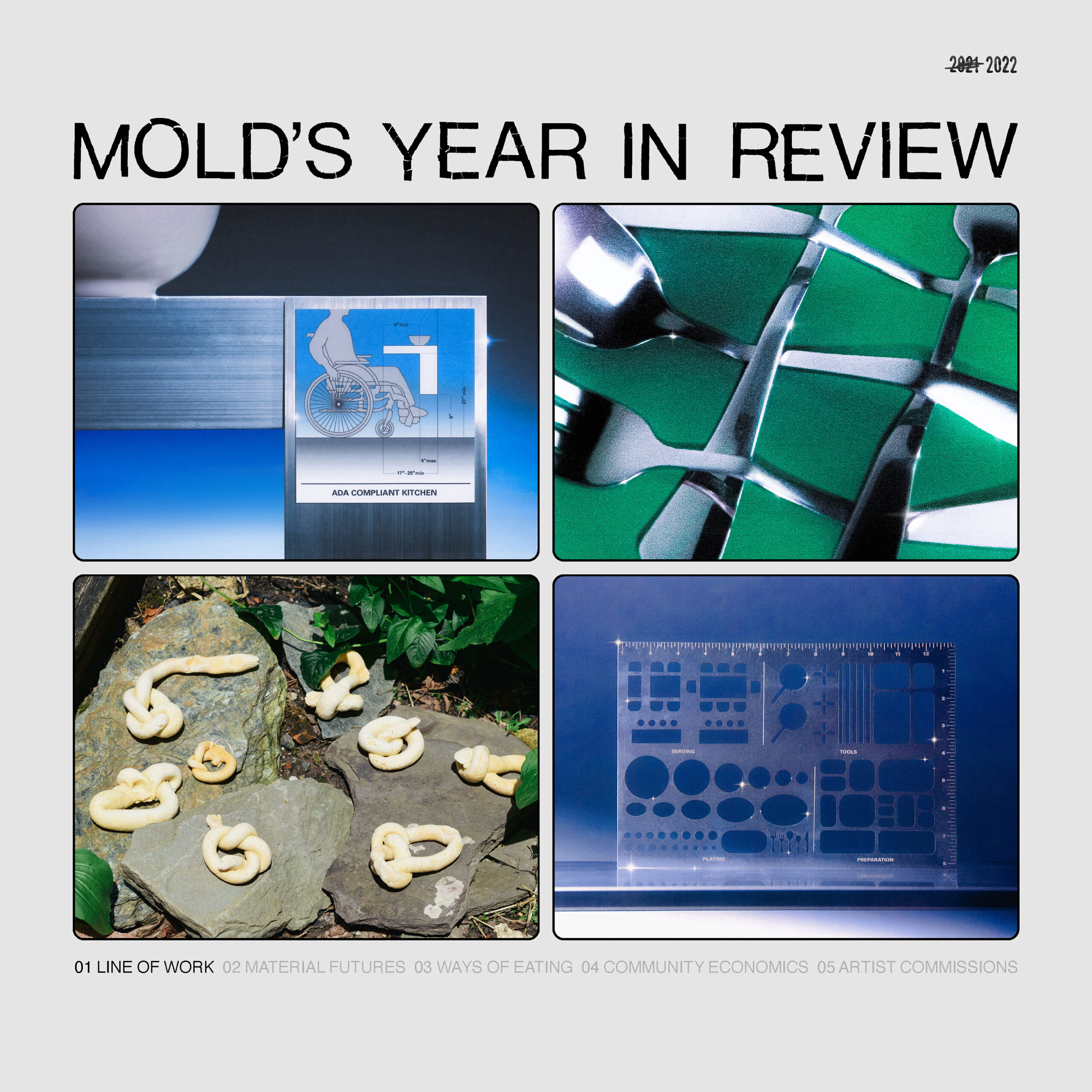Food is, and always has been, political. In 2024, MOLD continued our commitment to publishing pieces that investigate the political conditions and modes of production that shape how we eat, cook and think about food. From a deep dive into the semiotics of the supermarket to a book review about the often-invisible domestic labor that upholds the idea of “home”, we’ve rounded up a selection of pieces that dissect our political and cultural attitudes around food:
THE SUPERMARKET SUBLIME – Adriana Gallo
For her column, Convivial Cosmogonies, Adriana Gallo writes about the supermarket as a site of convergence for the economic, agricultural and labor flows that make up a globalized food system. In her deep dive into the spatial and historic evolution of grocery shopping as well as her interview with Vanessa Anderson of the TikTok account @grocery_goblin, Adriana unearths patterns of power, consumption and delight that might be found in the semiotics of the supermarket.
THE BANANA LEAF IS A CONTAINER TECHNOLOGY – Paige Emery
Paige Emery expands upon Ursula K. Le Guin’s idea of “container technology” in her ode to the banana leaf and its use in Kamayan, a traditional Filipino feast. The piece draws from Le Guin’s Le Guin’s Carrier Bag Theory of Fiction, which challenges the conventional narrative that the development of technology has always been in service to tools of domination and instead emphasizes technologies that hold, nourish, and connect. The banana leaf, at once place setting and utensil, exemplifies this idea offering a communal, sensory connection to the earth and each other.
(HOME WORKS): A COOKING BOOK – Orla Keating-Beer
Orla Keating-Beer reviews (Home Works): A Cooking Book, a book project culminating a 2-year experimental installation at Konsthall C in Stockholm which invited the local community into the space to engage in domestic activities like cooking and laundry. The project seeks to redefine the concept of “home”, specifically highlighting the often-invisible labor that sustains it. A blueprint, a recipe and an archive, the book is a thoughtful treatise into how cooking and communal eating can serve as powerful acts of solidarity and resistance, a way to build alternative, interconnected ways of relating to one another and the world.
WAYFINDING THROUGH THE HISTORY OF THE COOKBOOK – Julia Skinner
In the first installment of Julia Skinner’s series on the history of cookbook design, she unravels the evolution of the format of the cookbook, illuminating how fields outside of cooking like medicine and agriculture influenced the earliest examples of culinary writing. Beyond what they might share about food, Julia understands cookbooks as useful vehicles to dissect questions around class, agriculture, and the democratization of information.
